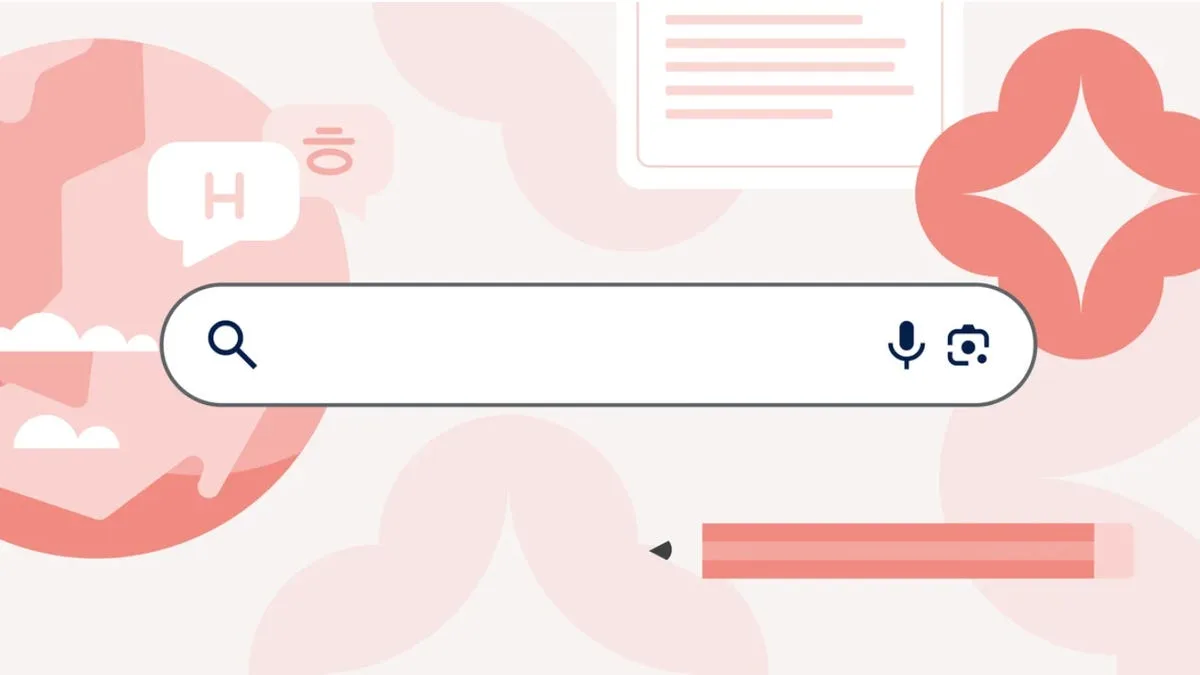Dive Brief:
- Only two states — Oregon and California — have to date provided school districts with official guidance on using artificial intelligence in the classroom, according to a national scan of state education departments by the Center on Reinventing Public Education.
- When CRPE reached out to 51 education departments, 11 told the research organization they were developing directions on AI use for schools while 21 others said they did not plan to release anything in the “foreseeable future.” The remaining 17 did not respond to CRPE’s request and do not have publicly available guidance on AI, the research organization said.
- According to CRPE’s analysis, it is unlikely a majority of states will release AI strategies or suggestions for schools in the 2023-24 school year.
Dive Insight:
CRPE considers the fact that 13 states have or plan to publish AI guidance for schools is still a notable sign of progress since there had been no K-12 state recommendations before August.
This analysis comes just after President Joe Biden signed an executive order on Monday creating national guardrails around AI technology. The executive order specifically directs the Biden administration to create resources for AI in education within the next year.
It also requires the U.S. Department of Commerce to provide federal guidance for watermarking that clearly flags if content is AI-generated, which could help address student plagiarism concerns. Biden’s order calls on Congress to pass legislation addressing data privacy concerns related to AI, especially for children.
However, CRPE said the White House’s one-year timeline for rolling out guidance is not enough — and now is the time for states to step up.
“States must use this moment to steward collective action and encourage responsible decisions,” CRPE wrote. “They possess a unique power — to convene and drive coherence across schools — and this role is especially critical now.”
The Oregon Department of Education’s guidance touches on the technology’s implications for student data privacy and equity. It outlines strategies for addressing these concerns and provides tips for using AI in the classroom.
In California, state education officials also point to the potential for bias and inequity when using AI. At the same time, their guide notes that giving access to AI education to all students could also remedy equity and diversity workforce gaps in STEM fields. The California guidance further recommends districts integrate AI concepts and computer standards into their curriculum.
As educators await further guidance at the state and federal levels, technology groups and firms are continuing to share their own advice to help schools riding the AI wave. These recommendations from ed tech industry leaders and companies like ChatGPT’s OpenAI often weigh the pros and cons of integrating AI tools into classrooms.
Even so, teachers are already exploring ways to integrate this quickly-advancing AI technology into classrooms, such as using generative AI to create tests and develop writing prompts.







